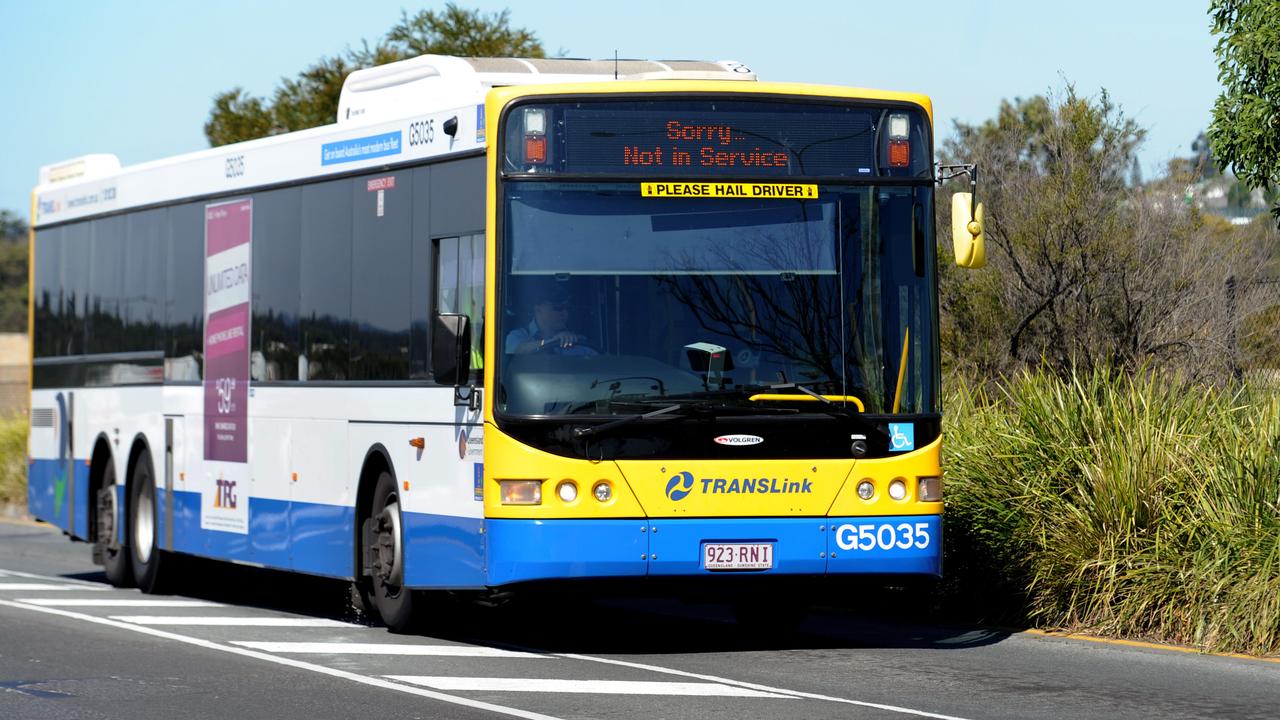Brisbane City Council blames state for six crash spots missing out on Black Spot funds
Only two crash-prone intersections in all of Brisbane have been deemed worthy of Black Spot Program funds, sparking a war of words between Council and the State Government.
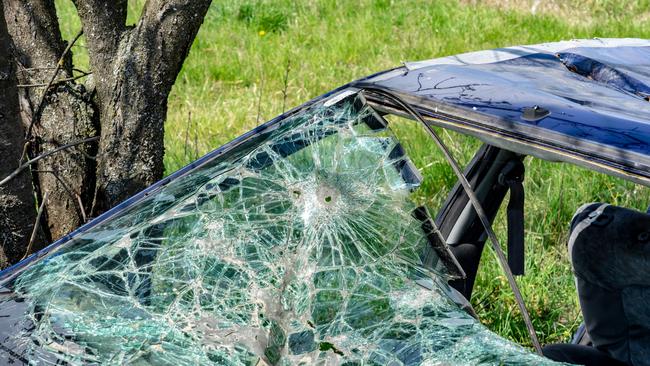
QLD News
Don't miss out on the headlines from QLD News. Followed categories will be added to My News.
Only two crash-prone intersections in all of Brisbane have been deemed worthy of Black Spot Program funds, sparking a war of words between Council and the State Government.
In June federal Treasurer Jim Chalmers hit the streets of Logan to announce $17.4 million in Black Spot Program funding for 31 roads at known accident sites from the southeast to north of Townsville.
But Federal investment in Brisbane’s black spots was expected this year to fall to its lowest level in the program’s history.
And six of eight Brisbane intersections recently submitted for funding by Council were rejected by the state despite a total of 53 accidents there in just five years — half of them resulting in hospital treatment.
Infrastructure chair Councillor Andrew Wines told this week’s Council meeting that all six met the Federal Government’s funding criteria.
The intersections were in Bowen Hills, Fortitude Valley (three), Morningside and Salisbury.
Under the Federal Government’s Road Safety Program, funding was provided to councils for road safety improvement projects.
But projects submitted to the Federal Government need to be endorsed by the relevant state government.
Mr Wines said despite a record $150 million investment in the program by the Commonwealth, Brisbane would receive just six per cent of the Queensland funding after the State Government opted to support projects in Logan, Sunshine Coast and Moreton Bay.
By comparison Logan City Council, which has a large number of state and federal Labor MPS, received funding for four projects, he said.
That was about 34 per cent of Queensland’s total funding pool.
But State Transport and Main Roads Minister Bart Mellish said the grants were assessed by an independent merit-based process.
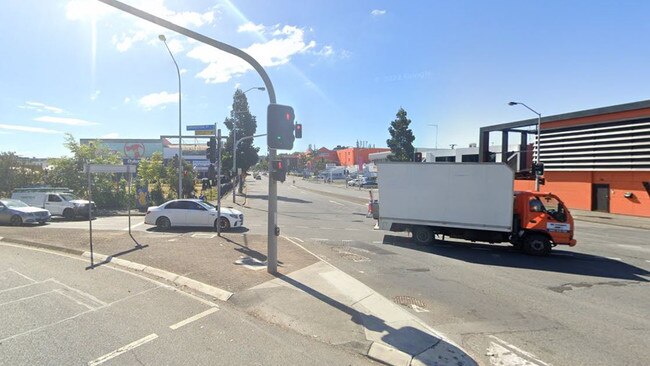
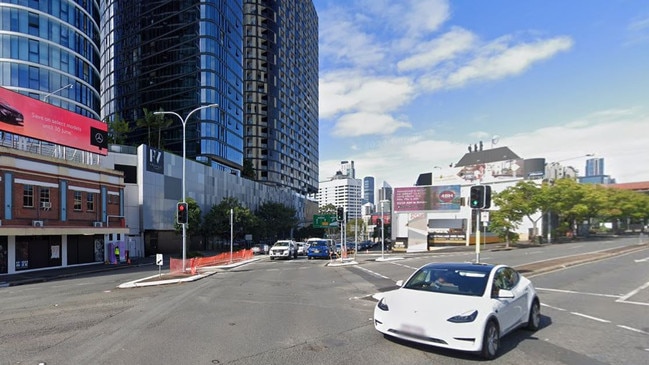
“It is disappointing that the LNP is attacking these public officials for doing their job,” he said.
“As we have seen with the Story Bridge, Brisbane City Council seems intent on outsourcing their responsibility for infrastructure and road maintenance to state and federal governments despite revenue of more than $3 billion annually.”
Lord Mayor Adrian Schrinner said a lack of support from other levels of government was “putting the brakes’’ on important projects.
“Brisbane is one of Australia’s fastest growing cities and we want to reduce congestion and improve safety, but the State Government’s decision to overlook Brisbane is incredibly disappointing,’’ he said.
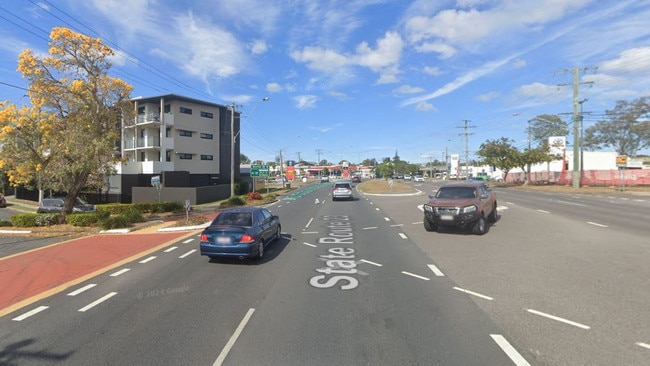
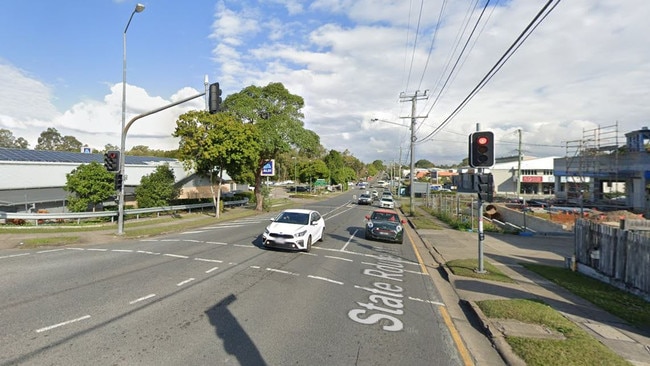
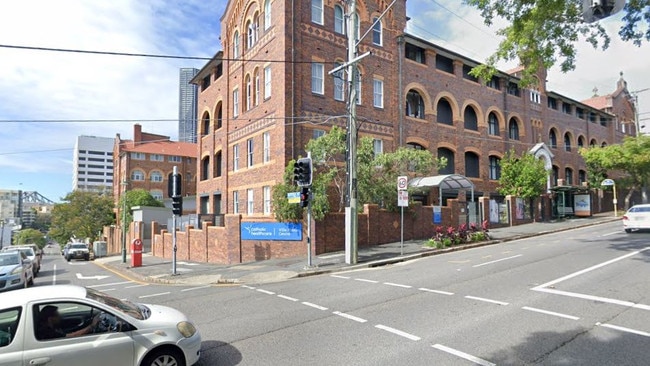
“I find it concerning that the State Government won’t support funding for projects that would improve road safety for Brisbane residents.
“We will continue to fight for Brisbane’s fair share of funding.’’
Mr Wines said this year was the first time in the history of the Black Spot Program that Brisbane had submissions denied.
“The people of Brisbane are clearly not a priority for the state and federal governments and have had their road-safety funding cut and spent elsewhere in the lead up to both state and federal elections,’’ he said.
A Department of Transport and Main Roads spokesman said the Black Spot Program was reservedfor use on local government roads.
Councils could make submissions to the Black Spot Program Technical Committee, which were then formally considered by the Black Spot Program Consultative Panel.
These groups had representation from various stakeholders including the Local Government Association of Queensland.
“Through the program prioritisation process, only two of the eight Brisbane City Council nominations met the benefit-cost ratio cut off,’’ he said.
These were the Melton Rd/Nellie St intersection at Nundah and the Wynnum Rd/Southgate Ave intersection at Cannon Hill.




